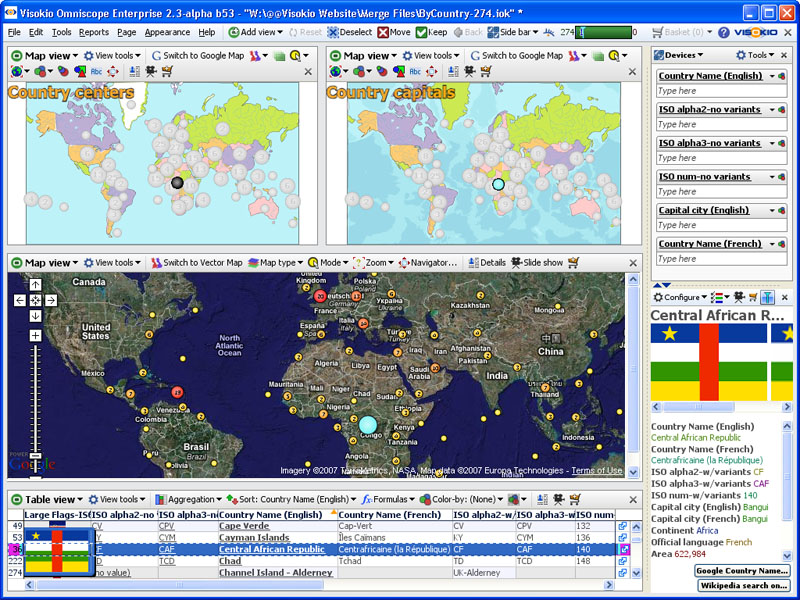


See the section on Projections for more information about projection methodologies.įor more information, read the ICSM's Fundamentals of Mapping However, also in this modern digital era, people like to know locations precisely so even a small difference may be significant.Ī projection is a process which uses the latitude and longitude which has already been ‘drawn’ on the surface of the Earth using a datum, to then be ‘drawn’ onto a ‘flat piece of paper’ - called a map. Also, in the modern digital era, techniques have vastly improved and many modern datum are very similar to each other. Mathematically a ’round’ surface (a modified sphere) is created which represents the surface of the Earthįrom here calculations are made to fit this mathematical model to the surface of the Earth - firstly the Equator, then North and South Poles and then lines of latitude and longitude.īecause there are different ways to fit the mathematical model to the surface of the Earth, there are many different datums. The basic mathematical/geometric principle which is used is that: To avoid confusion, let's quote:įrom the Intergovernmental Committee on Surveying and Mapping (ICSM):Ī datum is a system which allows the location of latitudes and longitudes (and heights) to be identified onto the surface of the Earth - ie onto the surface of a ’round’ object. These models exist to approach the shape and size of the earth and make easier for us to locate ourselves on the earth surface. There are different datums and some of these fit better for a specific part of the earth while other don't. Most part of the earth data is referenced to models (datums) and are unprojected.


 0 kommentar(er)
0 kommentar(er)
